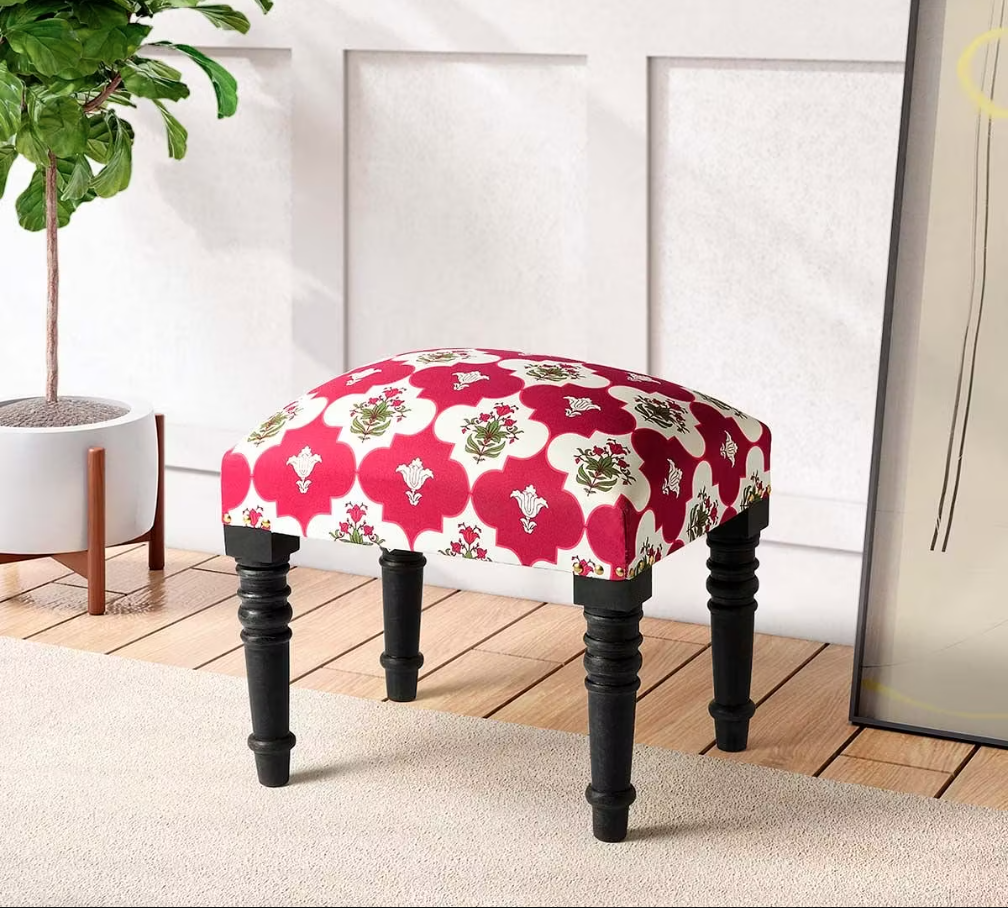
India is home to a diverse range of traditional crafts, each with its own unique history and cultural significance. However, many of these crafts are on the decline due to the increasing demand for machine-made products because of several factors like ease of availability, the mass production, cheaper rates, etc.
One now looks for untarnished, flawless products for their homes, while the beauty of hand-made cultural items are in its details and even though impeccable, the beauty one can see is in the imperfections. Reviving traditional Indian crafts in contemporary homes is essential for preserving our cultural heritage and promoting sustainable living.
The Benefits
Preserves the Cultural Heritage: Traditional crafts are an integral part of India’s cultural identity, and reviving them helps to preserve our heritage for future generations
Promotes Sustainable Living: Traditional crafts often use natural materials and sustainable practices, making them an attractive alternative to mass-produced products
Supports Artisans: Reviving traditional crafts provides a source of income for artisans and helps to preserve their skills and knowledge and pass onto the next generations, ensuring that preserving the culture is lucrative and can at least provide means to living.
Unique and Authentic Products: Traditional crafts offer a unique and authentic aesthetic that is often missing in mass-produced products
Traditional Indian Crafts to Revive in Contemporary Homes
– Block Printing: A traditional textile printing technique that uses hand-carved wooden blocks to create intricate designs
– Handloom Weaving: A traditional weaving technique that uses handlooms to create unique and sustainable textiles – works like Sujni, an artform from Eastern U.P and Bihar – which takes months to make with hands, incorporates unique colors and styles.
– Wood Carving: A traditional craft that uses hand-carved wooden techniques to create intricate and beautiful designs.
Ways to Incorporate Traditional Indian Crafts into Contemporary Homes
– Textiles: Use traditional Indian textiles such as fabrics, handloom sarees, and embroidered fabrics to create unique and stylish home decor products – they can be used as throws, wall decor pieces and much more.
– Furniture: Incorporate traditional Indian craftsmanship into modern furniture designs, such as hand-carved wooden furniture or intricately designed metalwork, also the glasswork that goes into the wooden shelves can thus be conserved.
– Home Accessories: Use traditional Indian crafts to create unique and stylish home accessories, such as handmade ceramics, woven baskets into lampshades, hanging lights etc, or intricate metalwork – like bidriware which showcases the beautiful art and craftsmanship
– Wall Decor: Use traditional Indian crafts such as Bhil Paintings, Gond art, Zari works etc. to create unique and beautiful works of art for your walls
Challenges and Opportunities
– Challenges: Reviving traditional Indian crafts can be challenging due to the lack of infrastructure, resources, and skilled artisans. A generation wouldn’t want its next generation to pursue the same art, same culture if it doesn’t benefit them, economically.
– Opportunities: Reviving traditional Indian crafts offers numerous opportunities for artisans, designers, and entrepreneurs to create sustainable and unique products that showcase India’s rich cultural heritage
Conclusion
– Reviving traditional Indian crafts in contemporary homes is essential for preserving our cultural heritage and promoting sustainable living
– By incorporating traditional Indian crafts into our homes, we can create unique and authentic products that showcase India’s rich cultural diversity
– Let us join hands to revive traditional Indian crafts and promote a more sustainable and culturally rich way of living.
By Krsnaa Mehta, Founder and Design Director, India Circus
ALSO READ:
LOOKS Salon and Dermalogica Partner to Protect Skin Health Amid Rising Urban Pollution



